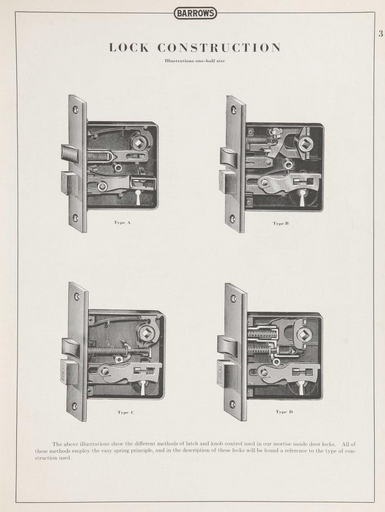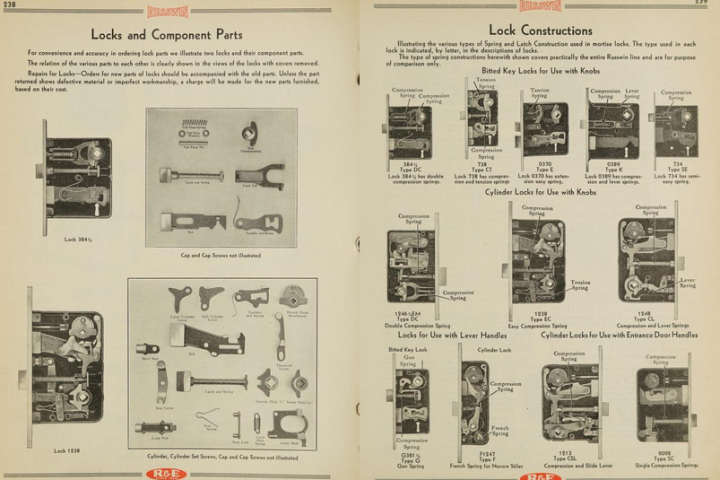It has come to my attention through cleaning up and repairing old door lock boxes and speaking with customers that there are far too few images of the inside of door lock boxes out there. I aim to change that. Many people who haven’t opened up a lock box assume that they are all the same inside. It is just a latch and a deadbolt right? Sadly, that is not the reality. The reality is that almost every lock box I open up is different inside. Every year, each company developed new and better mechanisms. Some are very simple and straightforward. Others are extremely complex. On top of this, each catalogue usually has about 20 pages of different types of lock boxes. Rim locks, mortise locks, dead latches, exterior door locks, hotel locks, office locks, different sizes and orientations. Multiply all those types times the number of companies times the number of years each business was operational and you have a mind-boggling number of possibilities.
So, how do you know where that loose leaf spring came from that is rattling around in your lock, or what that broken piece looked like before it was broken? The only way to know is to have an image of the inside of the same make and model of lock box. A certain amount of fiddling can sometimes provide results- especially when you know the basic physics behind the operation. Usually the latch had two tension points, a push and a pull which allows the spring action of the latch. This was usually achieved through a leaf spring or tow, or possibly a coil spring. The deadbolt usually only required one point of tension, often a leaf spring running somewhere along the top. This of course only works for the standard simple latch/deadbolt locks. Complexity abounds when you get into more complicated locking options such as exterior door locks with push button one sided locking features.
Anyway, the point of all this is that having photos of the inside of lock boxes is a quite useful thing. A few original catalogues provide a glimpse of their newest and greatest mechanism, but most locks are pictured from the outside only. In 1930, Russwin was kind enough to even provide a breakdown of all the parts that went into their locks (see image below).
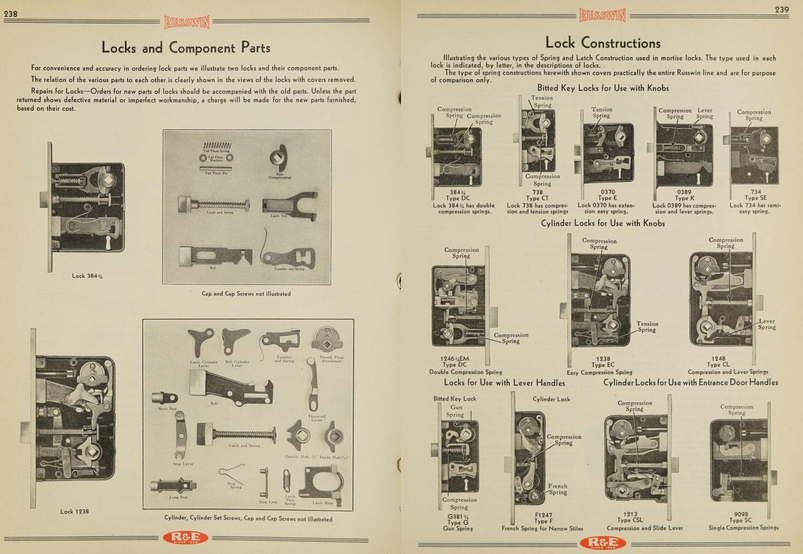
To aid further in this endeavor I will attempt to add a photo of the inside of each lock box we list on the website. Many lock boxes are also stamped with their catalogue number on the inside, which helps to identify what type of lock box you have. This makes it worth opening your box up to see what model it is. Also, a lot of gunk can build up inside those puppies so take it as an opportunity to clean that sucker up a bit! Most lock boxes can be opened with a single screw on one side of the box. Some have two screws. Be careful when opening them up and working on them. They are usually under tension, and once that is released sometimes things can go flying. I always recommend taking a picture of yours as soon as you open it up, just in case something shifts.
Here are a few interior photos to get you started. More to come! 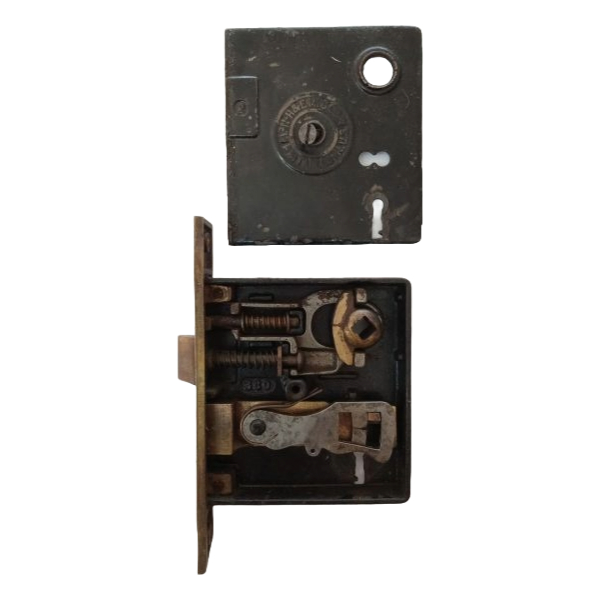
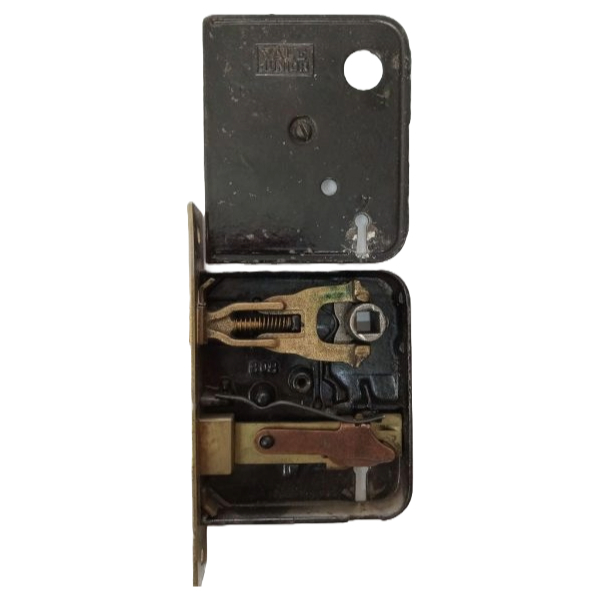
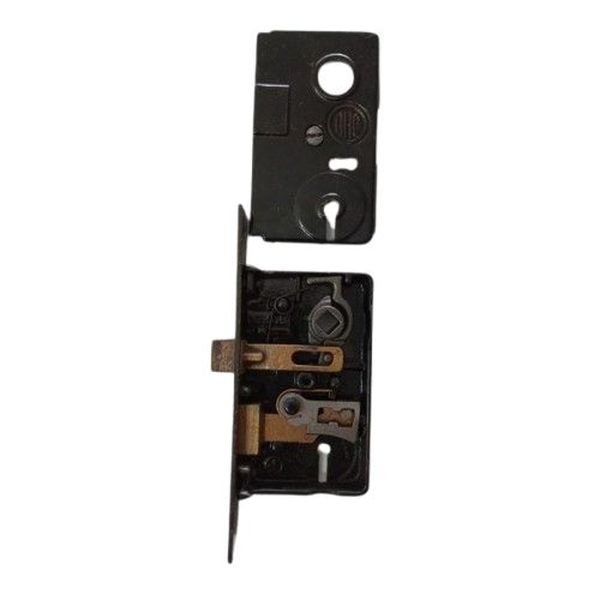
Yale & Towne 1880
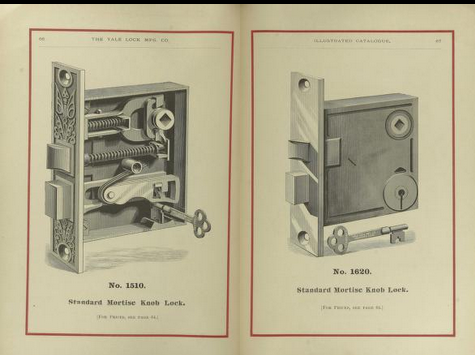
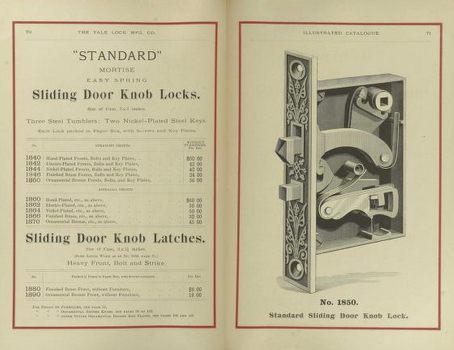
Barrows 1920
